We get it. Not everybody uses LinkedIn regularly. But if you’re running social for your company and want to get corporate news out, you’d be better off to make a company page that comes off as both professional and personal. And besides, companies with completed pages receive up to 2x more visitors than those with incomplete pages. Don’t you want twice as many visitors? That’ll make you look good come review time.
So below are some tips for optimizing your company’s page to do just that.
Tip 1: Have a profile photo. Your company worked hard on that logo. Use it. Companies with logo images get 6x more visitors than those without.
Tip 2: Don’t just have a header photo. Have multiple. LinkedIn recommends rotating the header every 6 months. This gives you a place to highlight company news, events, or sponsors.
Tip 3: Make sure your bio stands out. Google indexes the LinkedIn page bio. Be sure that your description leads with powerful, keyword-rich copy - business, expertise, industry.
Tip 4: Post relevant content. Your company probably wants to be known as a thought leader in its industry. So don’t just share news - share those thoughts. Post a mix of company news, thought leadership pieces, and industry articles. *More content stats below.*
Tip 5: Post frequently. LinkedIn recommends 2 posts per day. Other sources suggest 1-3 times per week. Don’t stretch yourself thin, but you also probably have more content than you think.
Content-specific tips:
-
Posts with images generally result in a 98% higher comment rate.
-
Posts with links tend to see 45% higher engagement than those without.
-
Links to YouTube videos play directly in the LinkedIn feed and usually result in a 75% higher share rate.
-
LinkedIn recommends 150 characters or fewer, and to think like a journalist when creating text - headlines.
-
Others say your content should help your audience. Answer common questions that arise in your industry. Address problems and concerns that your audience faces on a regular basis.

